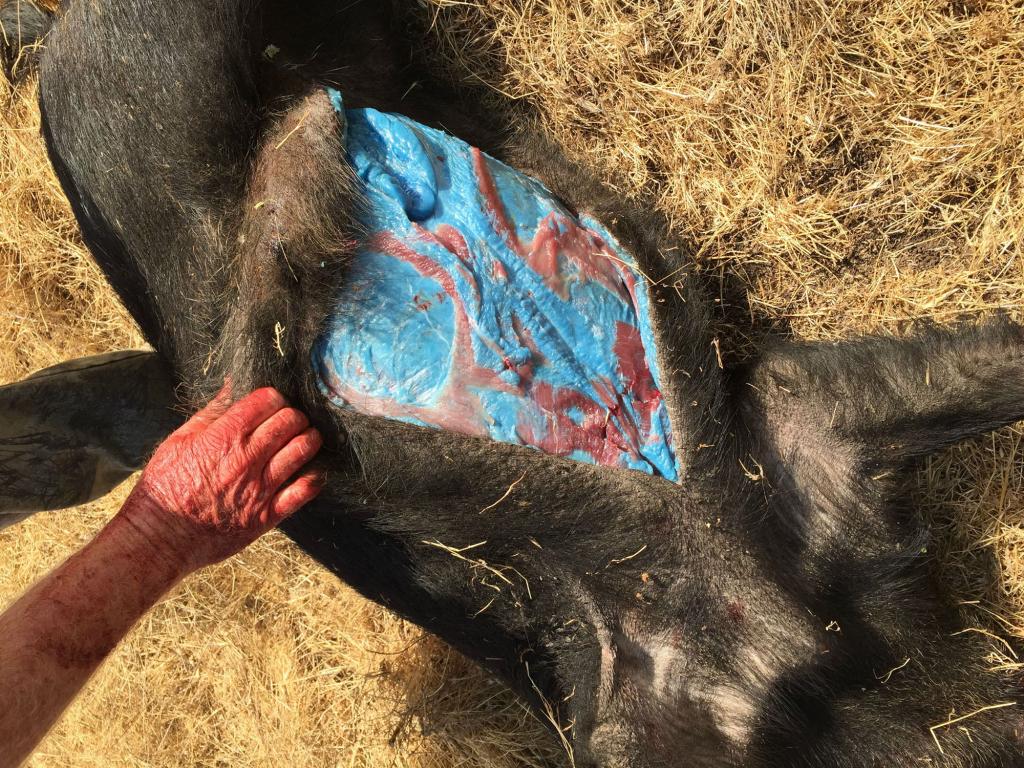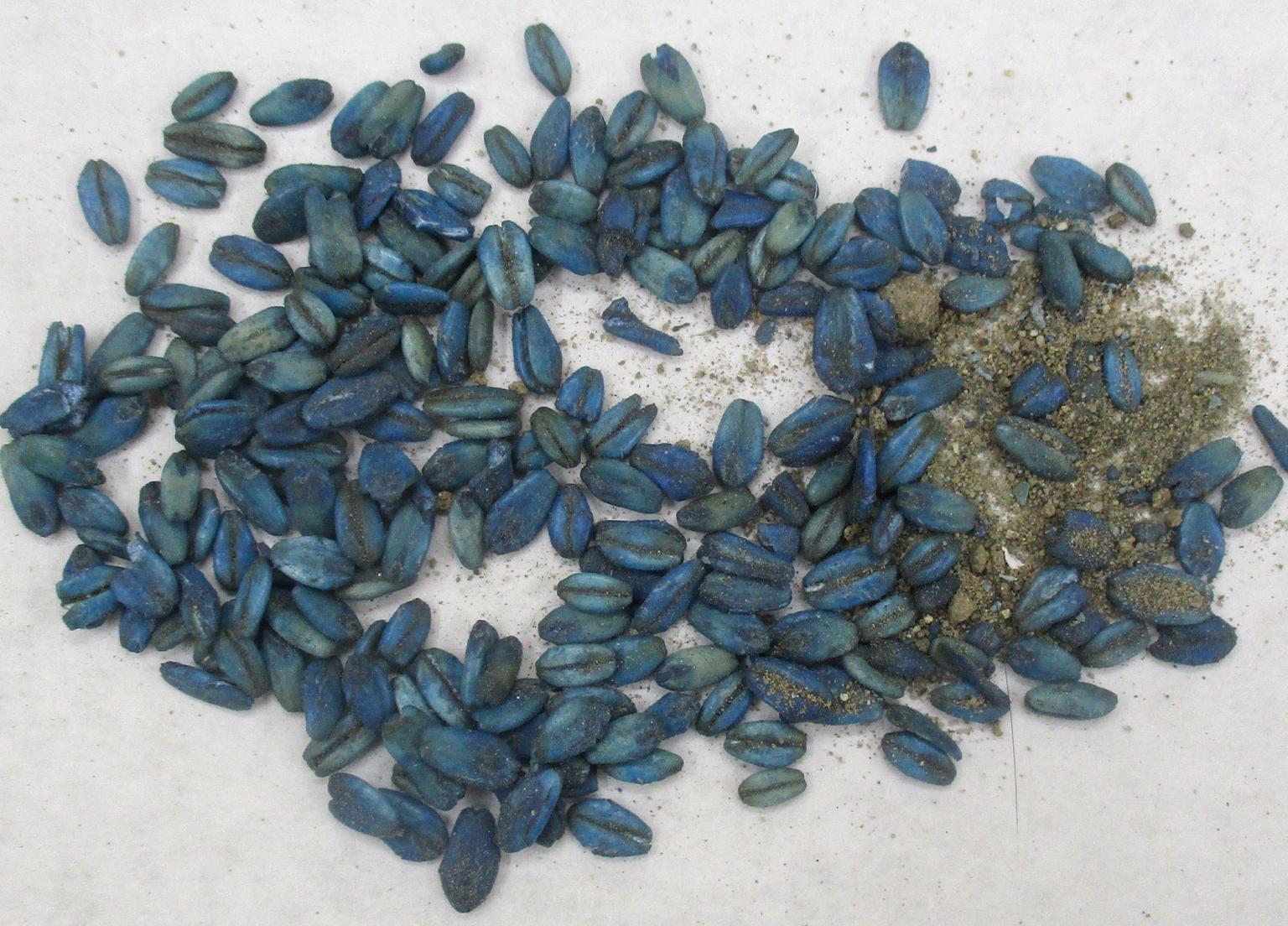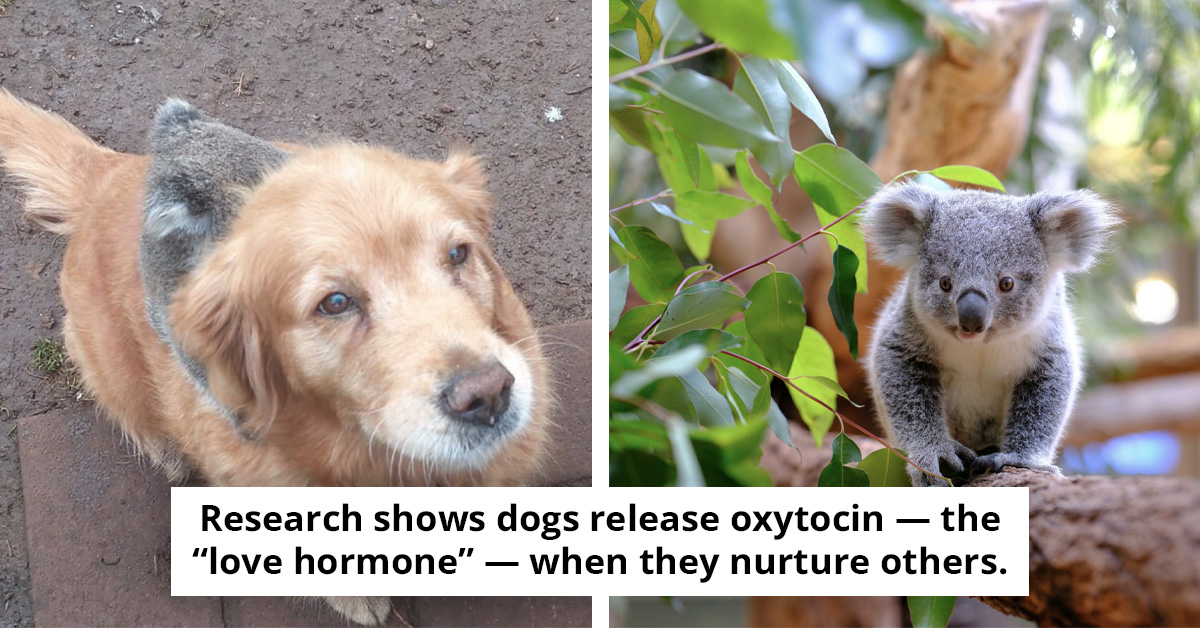Meat-Eaters Warned as Wild Pigs Found With Fluorescent Blue Flesh
Hunters and wildlife experts in California have been left stunned after discovering wild pigs with bright blue flesh, sparking serious health warnings for anyone tempted to eat the meat.
The bizarre discovery has been compared to something out of science fiction, with one expert describing the animals as looking like they had the flesh color of a blue raspberry slushie.
“Not Just a Little Blue”
Dan Burton, who runs a wildlife control company in the state, told the Los Angeles Times: “I’m not talking about a little blue. I’m talking about neon blue, blueberry blue.”
These pigs aren’t isolated cases either. Entire groups have been found with the same shocking color, leaving locals bewildered and wildlife officials alarmed.
Photos of blue-fleshed pigs have circulated online before, with one hunter posting pictures as far back as 2015 after cutting into a wild pig on a ranch in Morgan Hill, California. He recalled: “When they cut into the pig, they found that the fat on the pig was fluorescent blue. Everything else about the pig was normal… The only weird part was the blue fat throughout the body.”
While the sight is surreal, scientists believe there is a grim explanation. The most likely culprit is diphacinone, a rodenticide used by farmers to control rats, mice, and ground squirrels. The poison is dyed bright blue to make it easily identifiable, and unfortunately, it seems to be making its way into the food chain.
Entire groups have been found with the same shocking color, leaving locals bewildered and wildlife officials alarmed.

Pesticide investigations coordinator Ryan Bourbour from the California Department of Fish and Wildlife (CDFW) explained: “Rodenticide exposure can be a concern for non-target wildlife in areas where applications occur in close proximity to wildlife habitat.”
Experts believe the pigs may have directly consumed the bait or possibly eaten smaller animals that had ingested it.
Understanding the Psychology Behind Fear and Disgust
Our natural reaction to the sight of blue flesh on a pig might be rooted in our instinctual fear and disgust responses. As stated by Dr. Lisa Feldman Barrett, an emotion researcher, "Disgust is a basic emotion that can serve as a warning signal, helping us to avoid potential threats." This perspective aligns with the notion that feelings of disgust are often triggered by abnormal or unexpected visual cues related to food, such as the color blue in this case. For more insights, visit Dr. Lisa Feldman Barrett's professional website.
While the sight is surreal, scientists believe there is a grim explanation.

A Wider Risk Than Just Pigs
The warning does not stop with wild pigs. Officials caution that other animals, including deer, bears, and geese, could also end up with contaminated flesh if they feed in treated areas.
In fact, there has already been a case of blue-fleshed geese discovered in the San Francisco Bay area.
What makes the situation even more dangerous is that the chemicals remain in the tissue even after cooking. This means that eating the meat of these animals could lead to poisoning in humans, making the risk not just disturbing but potentially deadly.
Although instances of blue meat have been recorded in the past, the issue has gained urgency as pig populations have grown and spread in California. The state’s wild hogs are notorious for their strength and persistence, with Burton reporting that he has seen them break into ground squirrel bait stations that were designed to be rodent-proof.
Despite tighter regulations on rodenticide use in recent years, the problem has not disappeared. With pigs raiding treated areas and contaminating themselves, the shocking sight of fluorescent blue flesh may become more common.
What Should Hunters and Meat-Eaters Do?
Authorities are clear: do not eat any animal meat that shows unusual coloring. Even if it looks like just fat that has turned blue, the poison can still be present throughout the tissue.
While it may be tempting for some to see it as a curiosity—or worse, a social media stunt—officials warn that the risks are far too great.
For now, the unsettling discovery serves as a reminder of how human attempts to control pests can have far-reaching and unexpected consequences for wildlife—and for anyone who consumes it.
Moreover, the novelty or unfamiliarity of blue pig flesh could also heighten our fear and disgust responses. This is a concept referred to as 'neophobia,' which is an aversion to anything new or unfamiliar. As noted by Dr. Jonathan Haidt, a social psychologist, "Neophobia can be an adaptive response, helping individuals avoid potentially harmful foods." Dr. Haidt elaborates on this in his work, emphasizing that such responses are rooted in evolutionary survival mechanisms. For further insights, you can visit his professional website at jonathanhaidt.com.
What Research Shows About Risk Perception
Furthermore, the health warnings issued following the discovery of blue pig flesh could potentially increase risk perception among the public. According to Dr. Susan David, an emotional agility expert, "Our perceptions of risk are often shaped by our emotions and the narratives we tell ourselves." This aligns with the idea that factors such as dread and unfamiliarity can heighten fear and uncertainty, leading individuals to avoid consuming blue pig flesh. For more insights, visit her professional website at Susan David.
Analysis & Alternative Approaches
In conclusion, the psychological reactions to the sighting of blue pig flesh can be understood through established psychological principles and research studies. Dr. Jonathan Haidt, a social psychologist, notes, "Our emotional responses are often rooted in evolutionary mechanisms that prioritize survival," which explains our fear and disgust responses in unexpected situations. Additionally, Dr. Kristin Neff, a self-compassion researcher, emphasizes that "understanding our reactions can help us navigate fear and make informed decisions." By applying these psychological principles, we can better manage our responses and approach similar situations with greater awareness in the future.Jonathanhaidt (Neff, 2023)



